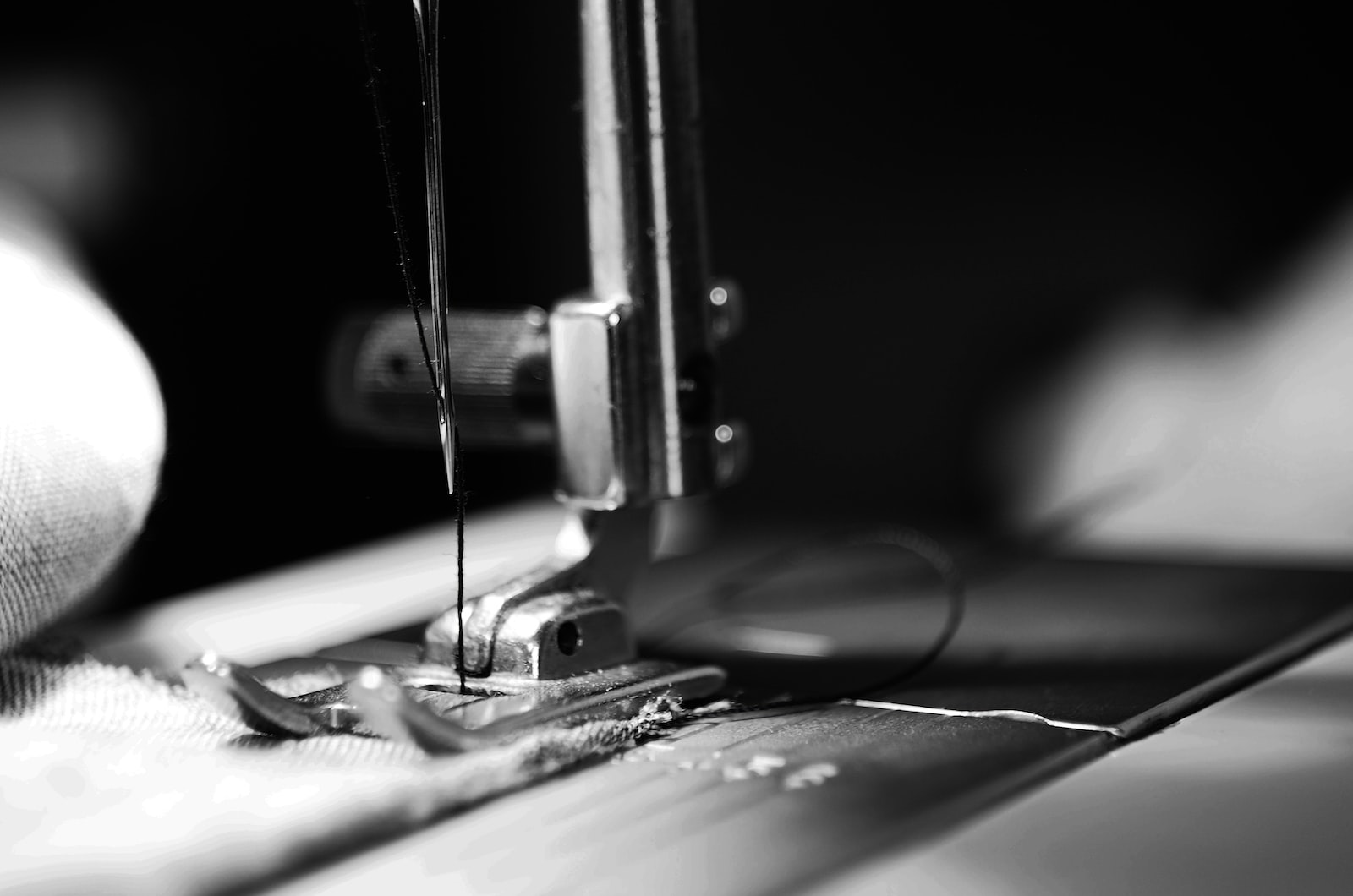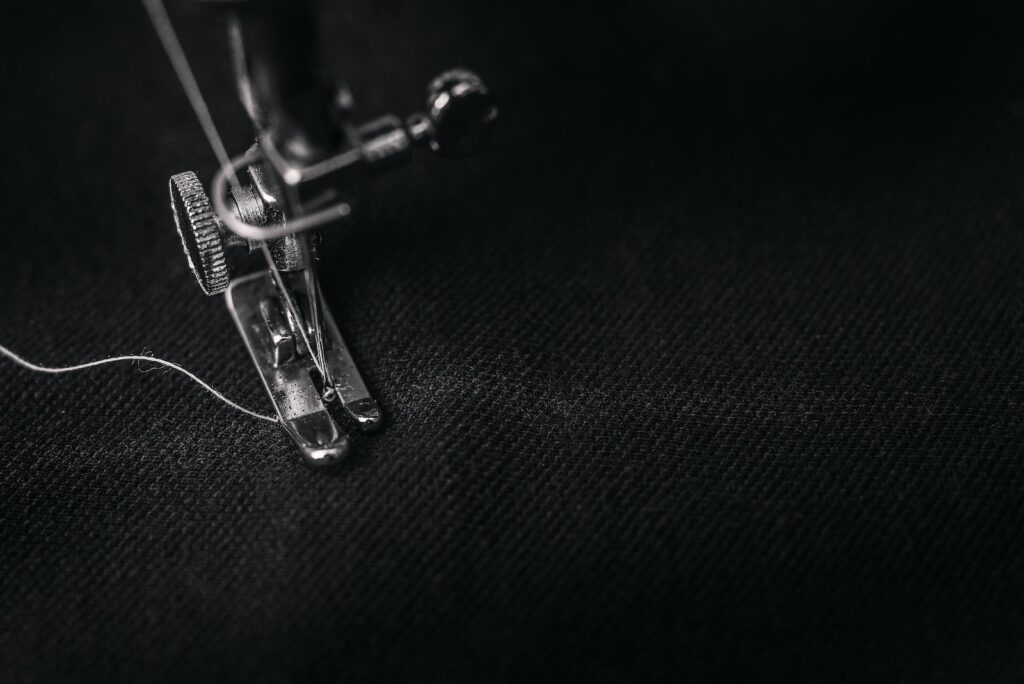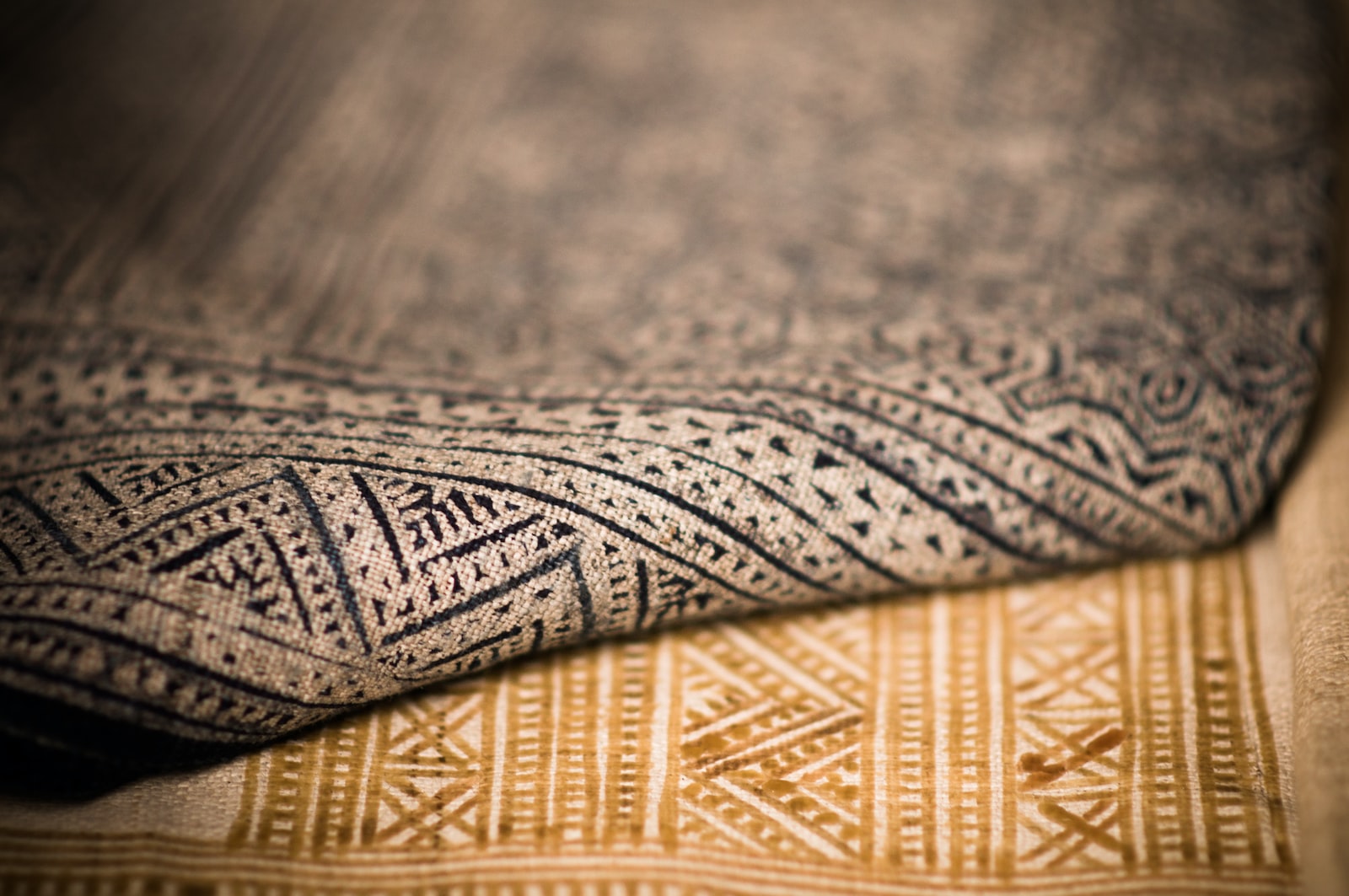
How To Learn How To Sew
Sewing is a fun and rewarding hobby that can save you money and help you express your creativity. However, if you’ve never sewn before, it can seem intimidating and overwhelming. In this article, we’ll go over some basic tips and techniques to help you learn how to sew.
- Start with a simple project
It’s important to start with a simple project to build your confidence and get comfortable with the basics. A good project for beginners is a pillowcase or a simple skirt. These projects only require straight seams and are easy to complete.
- Choose the right fabric
Choosing the right fabric is important when starting to sew. You’ll want to choose a fabric that’s easy to work with, such as cotton or a cotton blend. Avoid fabrics like silk or satin, which are more difficult to sew. Also, make sure to prewash your fabric to prevent shrinkage.
- Get the right tools
To start sewing, you’ll need a few basic tools. These include a sewing machine, thread, scissors, pins, and a measuring tape. You can also purchase a beginner’s sewing kit that includes all the basic tools you’ll need.
- Learn how to thread your sewing machine
Threading your sewing machine can be intimidating at first, but it’s essential to learn how to do it. Refer to your sewing machine’s manual for instructions on how to thread it properly. Make sure to thread the machine with the presser foot up, as this will prevent the thread from getting tangled.
- Practice sewing straight lines
Sewing straight lines is a fundamental skill you’ll need to master to be able to sew more complex projects. To practice, use a piece of scrap fabric and sew straight lines back and forth. Try to keep the lines as straight as possible and adjust your machine’s speed to find a pace that feels comfortable.
- Learn how to pin fabric together
Pinning fabric together is an important step in sewing, as it helps keep the fabric in place while you sew. Use straight pins to pin the fabric pieces together, making sure to keep the pins away from the sewing line. When sewing, remove the pins as you come to them.
- Practice sewing curves
Sewing curves can be challenging, but with practice, you’ll get better at it. To practice, draw a curved line on a piece of scrap fabric and practice sewing along the line. Start with a slow speed and use your fingers to guide the fabric through the machine.

- Learn how to sew a straight seam
Sewing a straight seam is a basic sewing technique you’ll use for most projects. To sew a straight seam, place the fabric pieces together with the right sides facing each other. Sew along the edge, making sure to keep the seam allowance (the distance between the stitching and the edge of the fabric) consistent.
- Finish your seams
Finishing your seams is an important step that helps prevent fraying and gives your projects a professional look. There are several ways to finish a seam, including using a serger, zigzag stitch, or pinking shears. Refer to your sewing machine’s manual for instructions on how to finish seams.
- Take a sewing class
If you’re having trouble getting started or want to learn more advanced techniques, consider taking a sewing class. Local craft stores and community centers often offer beginner sewing classes, and there are also online classes and tutorials available.
In conclusion, learning how to sew can seem daunting at first, but with practice and patience, you’ll develop the skills and confidence to take on more complex projects. Start with a simple project, choose the right fabric and tools, and practice sewing straight lines and curves. Remember to pin your fabric together and finish your seams for a professional look. And if you need extra help

